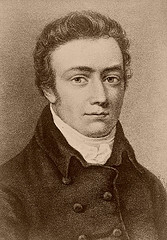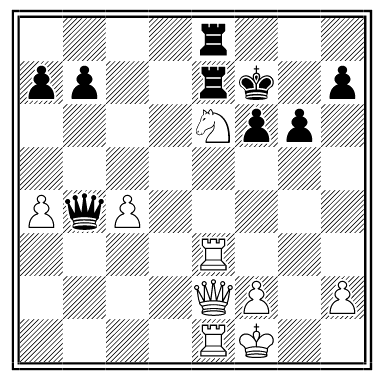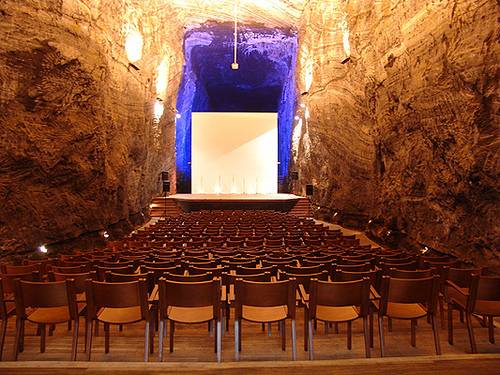In July 1891, an engineer named Charles Wells went to Monte Carlo with £4000, broke the bank 12 times in 11 hours, and came away with a million francs.
He returned in November and made another million.
The casino never discovered his system.
In July 1891, an engineer named Charles Wells went to Monte Carlo with £4000, broke the bank 12 times in 11 hours, and came away with a million francs.
He returned in November and made another million.
The casino never discovered his system.
A man of the name of Desjardins was tried on his own confession, for having admitted that he was an accomplice of Louvel, the assassin of the Duke de Berri. The case was clearly proved. Desjardins set up, as his defence, that he was so notorious for his falsehood, that nobody could give credit to a word he said, and produced a whole host of witnesses, his friends and relatives, who all swore to the fact with such effect, that he was declared Not Guilty.
— Annual Register, 1822

In 1813 Samuel Coleridge received the news of his own death. A gentleman in black had hanged himself from a tree in Hyde Park; authorities had found no money or papers in his pockets, but his shirt was marked “S. T. Coleridge.”
According to Charles Robert Leslie in Autobiographical Recollections, “Coleridge was at no loss to understand how this might have happened, since he seldom travelled without losing a shirt or two.”
amatorculist
n. a pitiful or insignificant lover
Convinced that other newspapers were stealing his news items, the publisher of the Kennett Square (Pa.) Kennett News and Advertiser invented a story about two Indians named Yrotss Ihte Lotsi and Ffutsse Lpoepre Htognil Aets.
Sure enough, the West Chester Daily Local News rewrote the piece for its Jan. 27, 1940, issue. Read the names backward.

In 1626 Peter Minuit, first governor of New Netherland, purchased Manhattan Island from the Indians for about $24. … Assume for simplicity a uniform rate of 7% from 1626 to the present, and suppose that the Indians had put their $24 at interest at that rate … and had added the interest to the principal yearly. What would be the amount now, after 280 years? 24 × (1.07)280 = more than 4,042,000,000. [The current value of Manhattan is] a little more than $4,898,400,000. … The Indians could have bought back most of the property now, with improvements; from which one might point the moral of saving money and putting it at interest!
— W.F. White, A Scrap-Book of Elementary Mathematics, 1908
Humphrey Bogart was an expert chess player. Here’s a 1951 game he played with Lauren Bacall — she had black:
1. e4 e5 2. Nf3 Nc6 3. Bb5 g6 4. d3 d5 5. exd5 Qxd5 6. c4 Bb4+ 7. Nc3 Bxc3+ 8. bxc3 Qd6 9. a4 Bd7 10. Ba3 Qf6 11. Qe2 Nge7 12. Bxe7 Qxe7 13. Bxc6 Bxc6 14. Nxe5 Bxg2 15. Rg1 Bh3 16. Rg3 Be6 17. d4 c6 18. d5 cxd5 19. cxd5 Bxd5 20. c4 Be6 21. Re3 f6 22. Nd3 Kf7 23. Nf4 Rae8 24. Nxe6 Qb4+ 25. Kf1 Re7 26. Re1 Rhe8

27. Nd8+ Kf8 28. Rxe7 Rxe7 29. Qxe7+ Qxe7 30. Rxe7 Kxe7 31. Nxb7 1-0
There’s no record of her reaction.
In his almanac, Ben Franklin made some alarming predictions for the year 1736: He said that the sea would rise and put New York and Boston under water, and that American vessels would be taken out of port “by a power with which we are not now at war.”
A year later he announced he’d been right: Seawater evaporates and descends as rain, and we are not at war with the wind.

What is it with salt miners? Apparently inspired by Poland’s Wieliczka mine, which features a salty Last Supper, Colombia has built an entire salt cathedral, complete with 14 chapels representing the stations of the cross. Don’t they have work to do?
“Round numbers are always false.” — Samuel Johnson